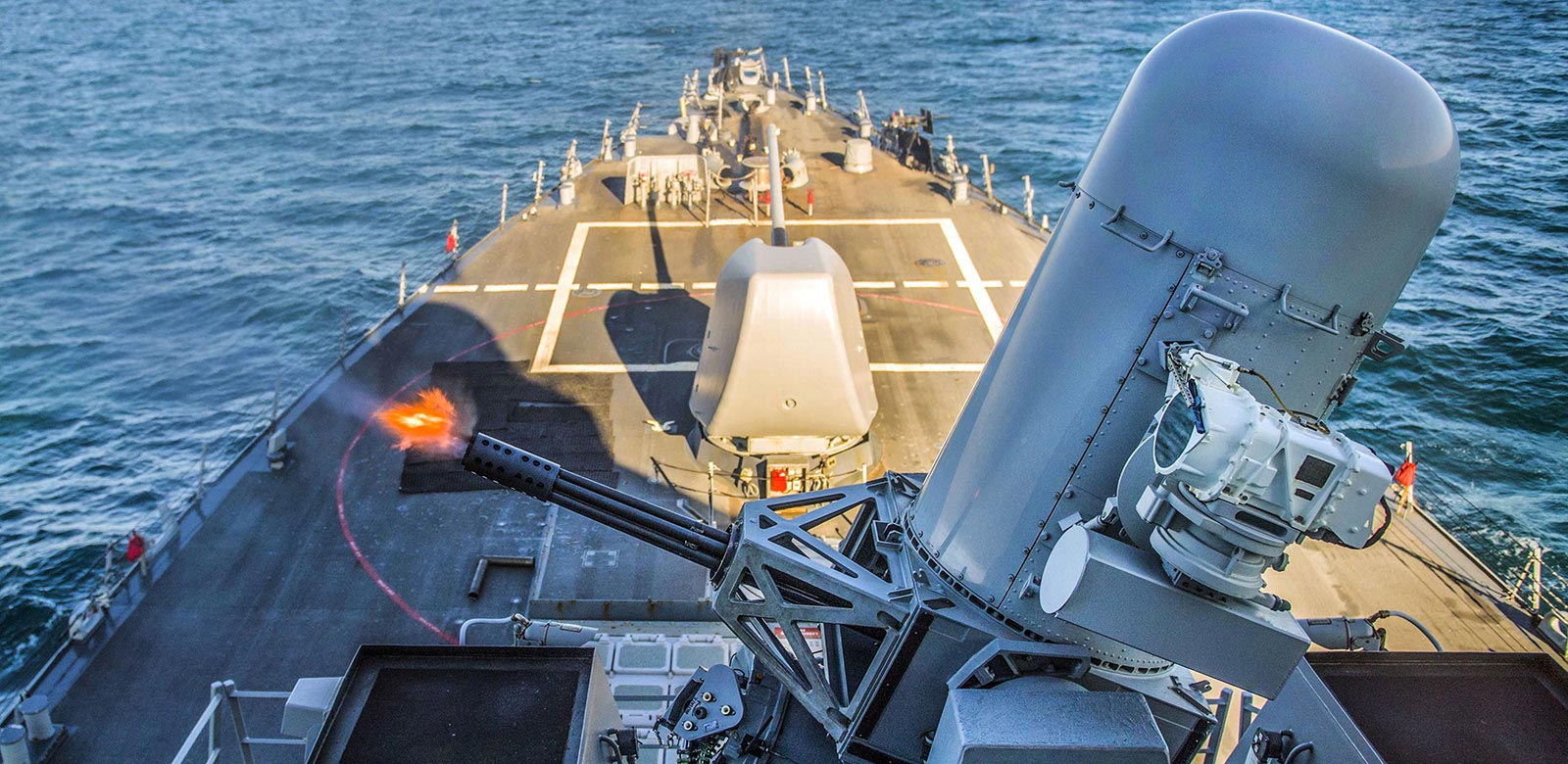South Korea intends to buy four more Phalanx close-in weapons systems (CIWS) to add to the two it requested from the US in late 2020 to equip a second batch of three Sejong Daewang (KDX III) class guided-missile destroyers for the Republic of Korea Navy (RoKN). In a 21 January notification to Congress, the U.S. State Department has made a determination approving a possible Foreign Military Sale to the Republic of Korea of two (2) MK 15 MOD 25 Phalanx Close-In Weapons System (CIWS) Block 1B Baseline 2 (IB2) systems and related equipment for an estimated cost of $39 million. Including the 2020 request to acquire two of these systems – along with 4,000 20mm armour-piercing incendiary rounds and 20MM cartridge API linked.
A keel-laying ceremony for the first of three KDX III Batch-II destroyers also known as The Sejong the Great-class destroyers (Sejongdaewang-Geup Guchukam) was held in October 2021 at Hyundai Heavy Industries (HHI) in Ulsan. This first vessel is set to be launched later this year and enter service by 2024. Each of the 8,100t Batch II destroyers is expected to be armed with two Phalanx CIWS. Sejong the Great-class destroyers’ main Point-defense armaments include one 30 mm Goalkeeper CIWS and a RIM-116 Rolling Airframe Missile Block 1 21-round launcher, the first Aegis platform to carry RAM.

The Phalanx CIWS (pronounced “sea-wiz”) is a close-in weapon system for defense against incoming threats such as small boats, surface torpedoes, anti-ship missiles and helicopters. It was designed and manufactured by the General Dynamics Corporation, Pomona Division, later a part of Raytheon. Consisting of a radar-guided 20 mm (0.8 in) Vulcan cannon mounted on a swiveling base, the Phalanx has been used by the United States Navy and the naval forces of 15 other countries. The U.S. Navy also fields the SeaRAM system, which pairs the RIM-116 Rolling Airframe Missile with sensors based on the Phalanx.
The Phalanx system has been developed through several configurations. The basic (original) style is the Block 0, equipped with first-generation, solid-state electronics and with marginal capability against surface targets. The Block 1 (1988) upgrade offered various improvements in radar, ammunition, computing power, rate of fire, and an increase in maximum engagement elevation to +70 degrees. Block 1A introduced a new computer system to counter more maneuverable targets. The Block 1B PSuM (Phalanx Surface Mode, 1999) adds a forward-looking infrared (FLIR) sensor to make the weapon effective against surface targets.















